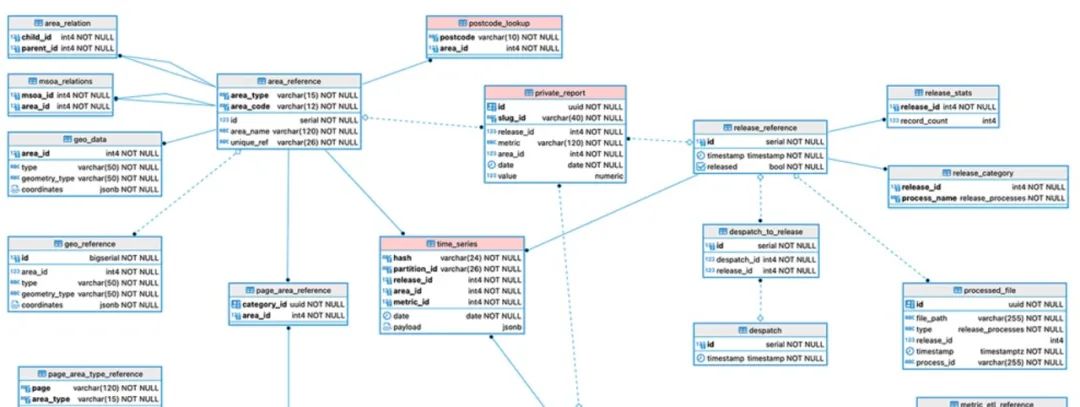

#Postgres 14 sharding full#
Citus not only allows full SQL coverage for the workload, but also allows scaling to 100K+ tenants. This notable feature of tenant isolation provides performance guarantees for large tenants. One Citus use case is the multi-tenant database model, where the database serves many tenants and each tenant's data kept separate from other tenants. As you can tell, the ability of Citus to scale up PostgreSQL is quite substantial! Multi-Tenant

Another Citus user reports 700+ billion events on a 100-node cluster with 1.4 PB of data. One Citus user reports up to 80 billion updates per day with a 20-node cluster on Google Cloud with 2.4 TB of memory, 1280 cores, and 80TB of data. ScalingĬitus has the ability to scale up operations significantly by adding worker nodes.
#Postgres 14 sharding how to#
Read on to learn when you should consider using Citus and how to install it. Citus uses parallelism (holding more data in memory) to offer higher I/O bandwidth and significant performance improvements for multi-tenant SaaS applications, customer-facing real-time analytics dashboards, and time series workloads. The distributed database consists of multiple shards of data stored in different locations, which can lead to considerable improvements in performance and data storage. As of June 2022, all Enterprise features have been made available for free, and Citus is now 100% open source!Ĭitus has the ability to transform PostgreSQL into a distributed database with the additional features of sharding, a distributed SQL engine, reference tables, and distributed tables. Citus Data originated in 2011, was open sourced as an extension to PostgreSQL in 2016, and was acquired by Microsoft in 2019. One such extension that has recently become fully open-source is Citus. PostgreSQL is a powerful object-relational database management system that offers a growing range of extensions to provide features and functionality unmatched by others.


 0 kommentar(er)
0 kommentar(er)
